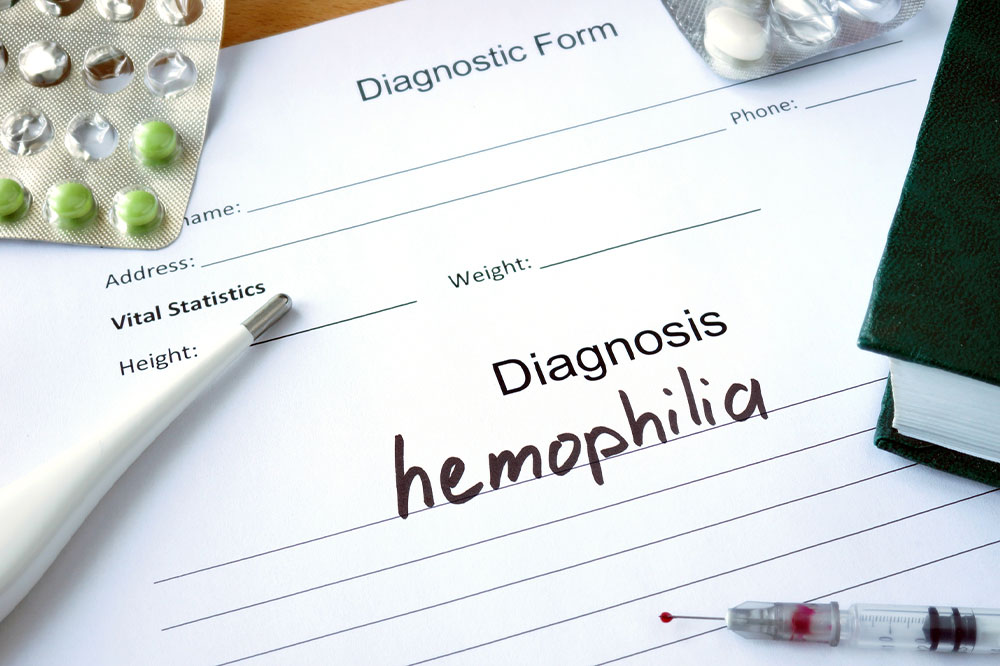6 unusual signs of blood clots

When one thinks of blood clots, the first image that comes to mind is often a deep vein thrombosis (DVT) or a pulmonary embolism (PE). These are well-known and potentially life-threatening conditions, but blood clots can manifest in unexpected ways that may be surprising. It’s essential to recognize these unusual signs of blood clots to seek timely medical attention and prevent serious complications. Here are six uncommon signs of blood clots that one should never ignore.
Swelling in unusual places
Swelling is a common symptom of many medical conditions, but it can be a sign of a blood clot when it occurs in unusual places. While most people associate swelling with injuries or allergies, it’s crucial to pay attention to persistent swelling in areas that one wouldn’t typically expect.
For example, if one notices that one of their legs is significantly more swollen than the other, it might be a sign of deep vein thrombosis (DVT). This condition occurs when a blood clot develops in a deep vein, which is often in the legs. The clot can obstruct blood flow, causing swelling and discomfort. In some cases, the affected limb may appear reddened and feel warm to the touch.
Similarly, swelling in the arms can also be an indication of a blood clot, especially if it is accompanied by pain and discoloration.







